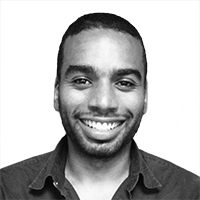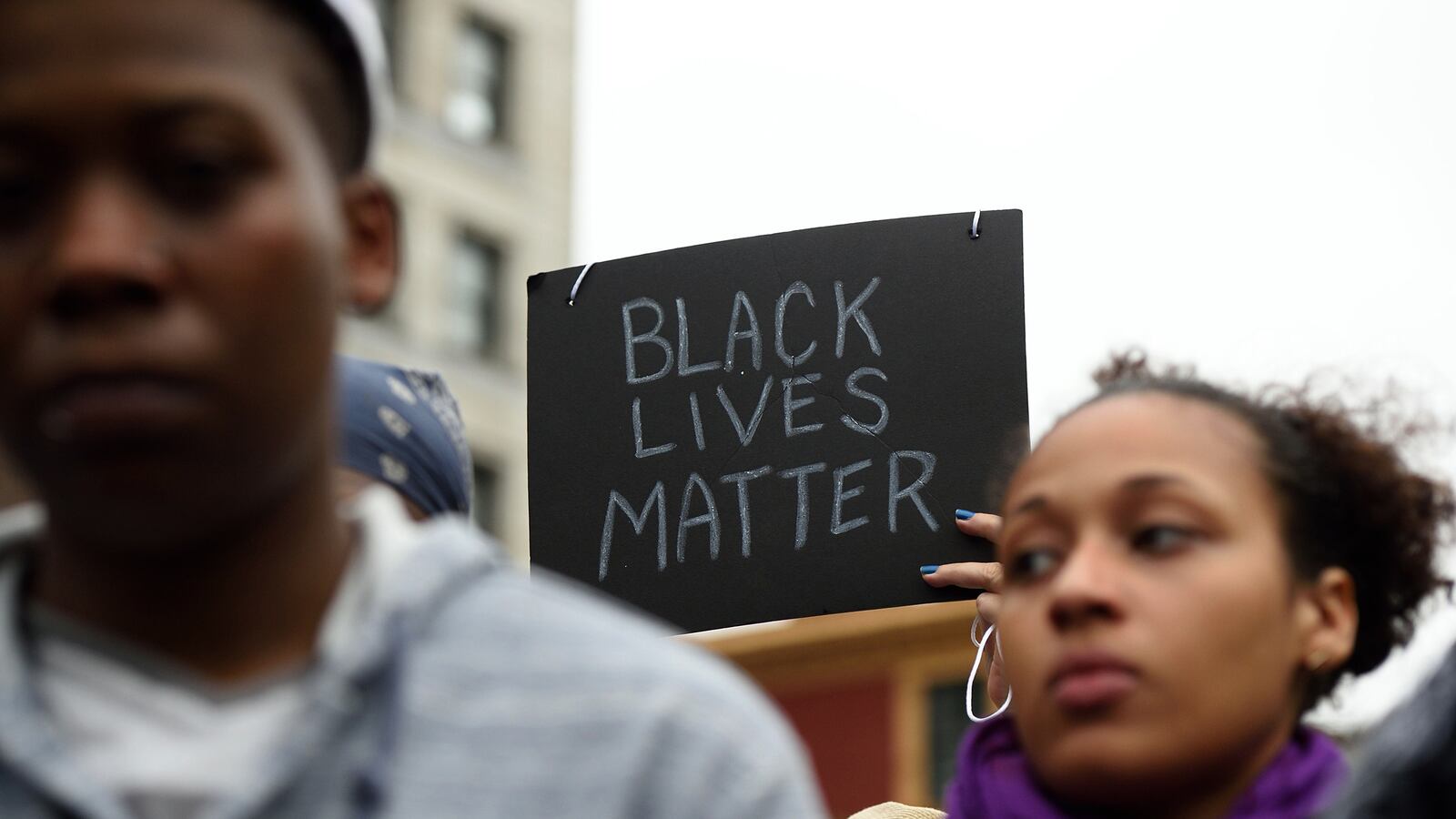My family is from Charleston, and has lived in the city since the late 1700s as Free Persons of Color (FPC). In the 1860s, a couple of my ancestors fled the city to avoid unjustly being forced into slavery, and decided to join the Union army to ensure the freedom of black, and all, Americans.
Many of my ancestors have fought in wars or served in the military to preserve our freedoms. My family is full of ministers, teachers, nurses, and people with advanced degrees. Prior to the Civil War, when it was illegal to educate blacks in Charleston, my ancestors secretly learned how to read. And today my grandmother still lives downtown, not far from Emanuel AME, and numerous others still live in the area. My cousin David Mack III is a State Representative for South Carolina in Charleston, and still in the eyes of some Americans, all of this is either meaningless or a sign of the ruining of America.
Roof, a white male, was welcomed into one of America’s oldest black churches with open arms and allowed to participate in a Bible study session before he unleashed his deadly racially motivated terrorism. This heinous crime is not an isolated incident. The location of Roof’s cold blooded murder speaks to the condoned existence of racial oppression and terror directed toward black Americans for hundreds of years.
Just over two months ago, Walter Scott, an unarmed black man, was shot eight times in the back and killed by a North Charleston police officer. Since then the racial tensions have risen so greatly in the area that some of my relatives were not shocked by Wednesday night’s brutal attack. They knew that more violence would occur because black Americans had summoned the strength to show America the racial injustices that they live through. This struggle and these injustices are not a new developments. The burning or attacking of a black church is not a new method of terror.
As you’ve surely read somewhere by now, Denmark Vesey, one of the founders of Emanuel AME, stood trial and was publicly hanged along with 36 accomplices in July of 1822 for attempting one of the most intricate and sophisticated slave revolts in the history South Carolina. Vesey was a wealthy Free Person of Color (FPC) and over the span of roughly four years he collaborated with slaves in Charleston to orchestrate the rebellion to free the enslaved and to set sail for the free black republic of Haiti. Charleston officials learned of the plan and publicly executed all conspirators so to deter Charleston’s FPC and slave population from attempting to achieve or even aspiring toward freedom or parity with whites.
The very formation of the AME church is steeped in racial oppression. The African Methodist Episcopal Church arose from the racial segregation of St. George’s Methodist Church in Philadelphia in the late 1700s when parishioners of African descent were not allowed to worship alongside whites. Black worshipers were being forcefully removed and barred entry from white-only churches. In response, prominent FPCs formed the AME church where they could have sanctuary and the peace to practice their Christian faith.
The injustice of not allowing black Americans to freely practice their religious beliefs undermines the founding principles of this country, but to take it a step further, we must acknowledge that the Africans who arrived during the slave trade were not practicing Christians. Christianity is a religious belief that was forced upon black Americans, and then the same white Americans who made them convert were also the ones who refused to worship alongside them.
The humanity of the folks at Emanuel AME Church welcoming Roof into their safe haven and place of worship as racial tension has risen should not be overlooked because of Roof’s savagery. And likewise, we should not view Roof’s attack as an isolated incident propagated by a troubled youth. Roof lives in a world that does very little to dissuade his separatist, segregationist, bigoted, gun-toting beliefs.
The Confederate Flag flies high at the South Carolina state capitol building in Columbia—the city where Roof grew up. And it is well known that the Confederacy espoused beliefs that today would be considered morally repugnant and committed acts that were deemed treasonous, but yet we still do not do enough to prevent the prevalence of its imagery and ideals.
White Supremacy was the foundation of the Confederate movement, and if you disagree you merely need to read the words of its founders.
“Our new government is founded upon exactly the opposite idea; its foundations are laid, its corner-stone rests, upon the great truth that the negro is not equal to the white man; that slavery subordination to the superior race is his natural and normal condition. This, our new government, is the first, in the history of the world, based upon this great physical, philosophical, and moral truth…,” said Alexander Stephens, Vice President of the Confederacy.
“He was big into segregation and other stuff. He said he wanted to start a civil war,” said Roof’s roommate Dalton Tyler. “[He’d been] planning something like that for six months.”
John Mullins, a former classmate of Roof, told the Daily Beast that Roof “had that kind of Southern pride, I guess some would say. Strong conservative beliefs. He made a lot of racist jokes, but you don’t really take them seriously like that. You don’t really think of it like that.” Essentially, according to Mullins and Tyler, condoned racism is a natural extension of white Southern pride.
The views of Roof still align with those of a rebel faction that was intent on fracturing America and oppressing black Americans. When he drove by the capital building and saw the Confederate flag, he received encouragement for his bigotry. When he made racist jokes, or discussed starting a civil war, no one severely reprimanded him or told him that those views are not tolerated. He was given a handgun for his 21st birthday, and no one around him could imagine that he could use his bigotry and newly acquired ability to kill to inflict terror upon those he hates.
The African American community knew that this was a recipe for disaster, and they also know that the more they discuss injustices and the more they fight for equality, the greater likelihood that terror will befall them. My family was saddened and distraught by the shooting at Emanuel AME, but they were not shocked. We, and countless other black Americans, have lived through generations of terror.
As Thursday night came to a close, I continued to speak to more friends and family about this horror, and it became clear to us all that this atrocity, and similar crimes, occurred because segments of our society still prefer to disregard the plight of black life and view us as a lower class of humans. Yet just like the worshipers at Emanuel AME, black Americans regularly welcome white Americans into their sanctuaries with no hatred in their hearts. We know how damaging an unjust hatred can be. These deaths should be a testament of the noble humanity of the Americans who not too long ago were legally not even considered human.





